off test numbers
Hi Loudthud,
Yes... the only tube in was the rectifier when I took those last readings.
I double checked the pairings... V1 2/7, 3/8, and 1/6. V2 3/8 and the wiring looks solid.
The readings you asked for:
V1 Pin 3 and/or 8... 1.57 Kohms
V1 Pin 2 and/or 7... 31 Kohm on each
V2 Pin 3 and/or 8... 54 Kohm
V2 Pin 2 and/or 7... 1.10
V3/V4 pin 8... 230.6 ohm
Is this what you expected?
Thanks
Hi Loudthud,
Yes... the only tube in was the rectifier when I took those last readings.
I double checked the pairings... V1 2/7, 3/8, and 1/6. V2 3/8 and the wiring looks solid.
The readings you asked for:
V1 Pin 3 and/or 8... 1.57 Kohms
V1 Pin 2 and/or 7... 31 Kohm on each
V2 Pin 3 and/or 8... 54 Kohm
V2 Pin 2 and/or 7... 1.10
V3/V4 pin 8... 230.6 ohm
Is this what you expected?
Thanks
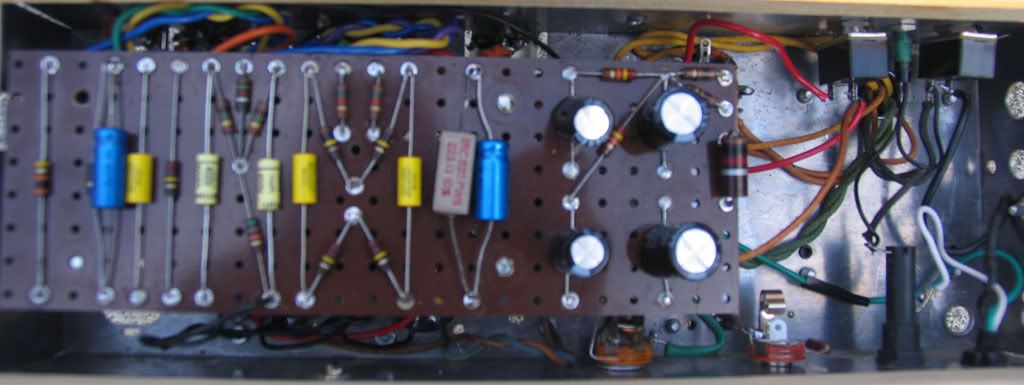
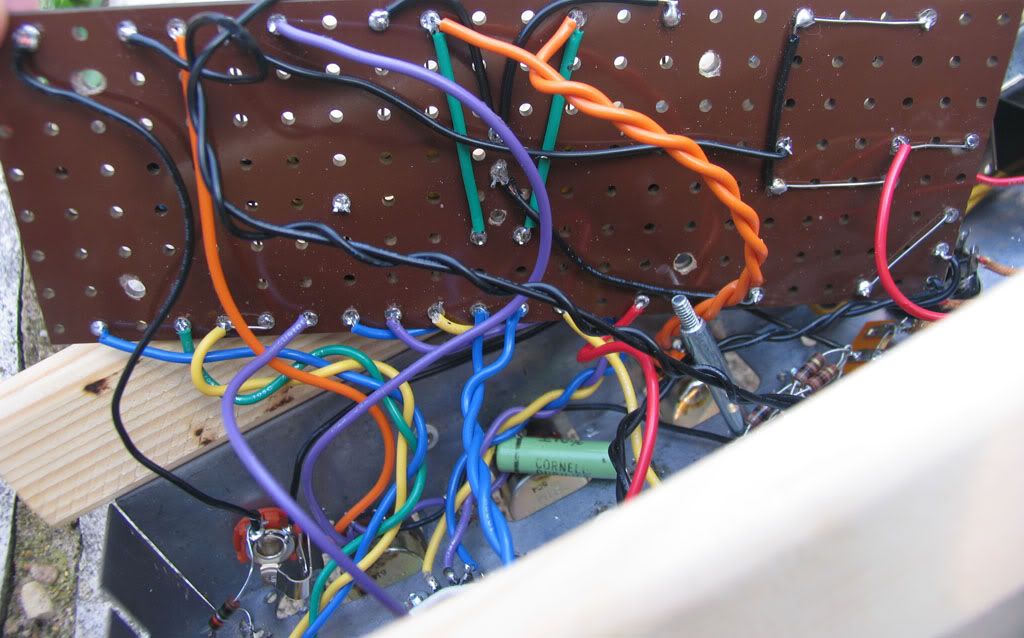
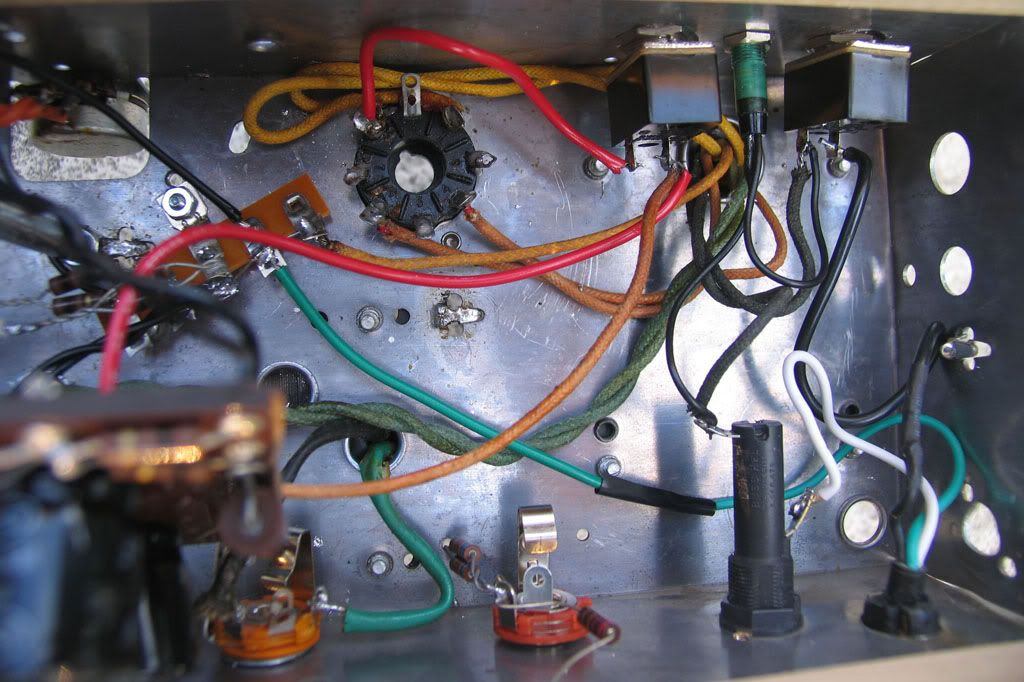
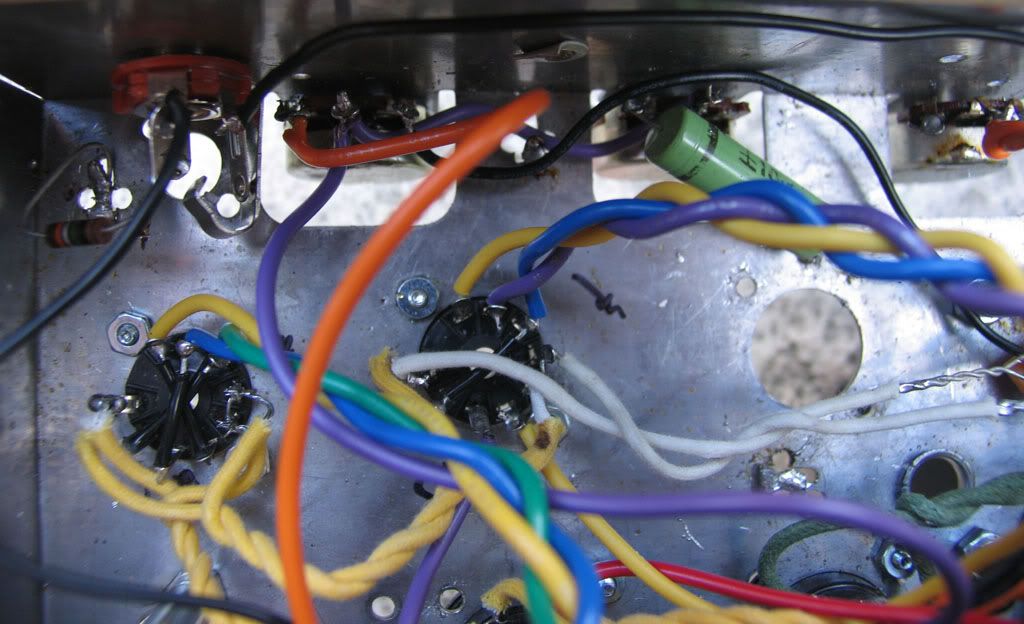
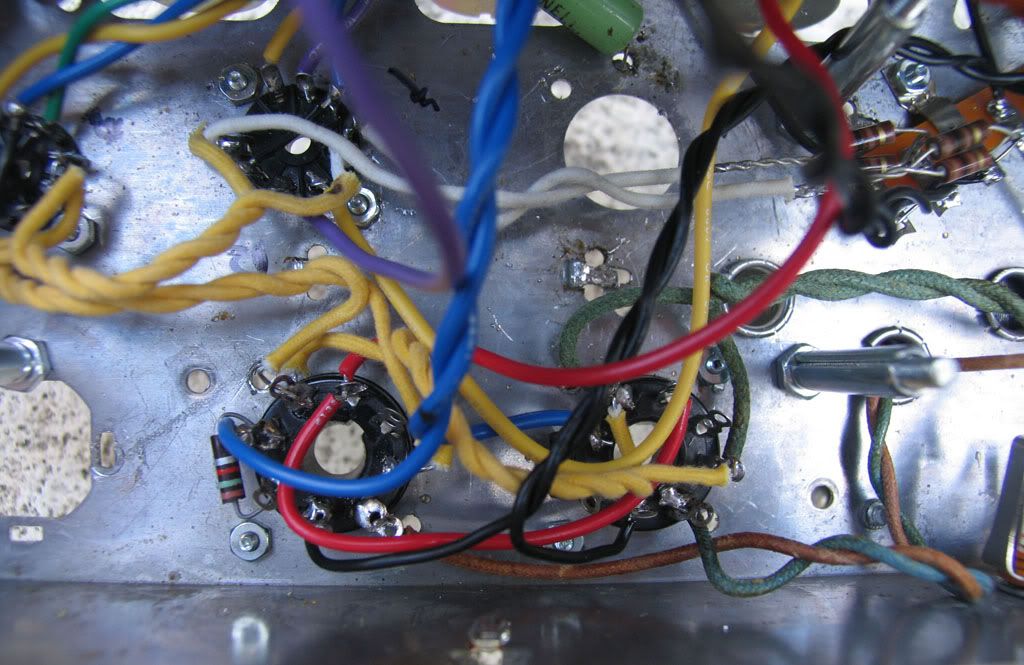
Comment